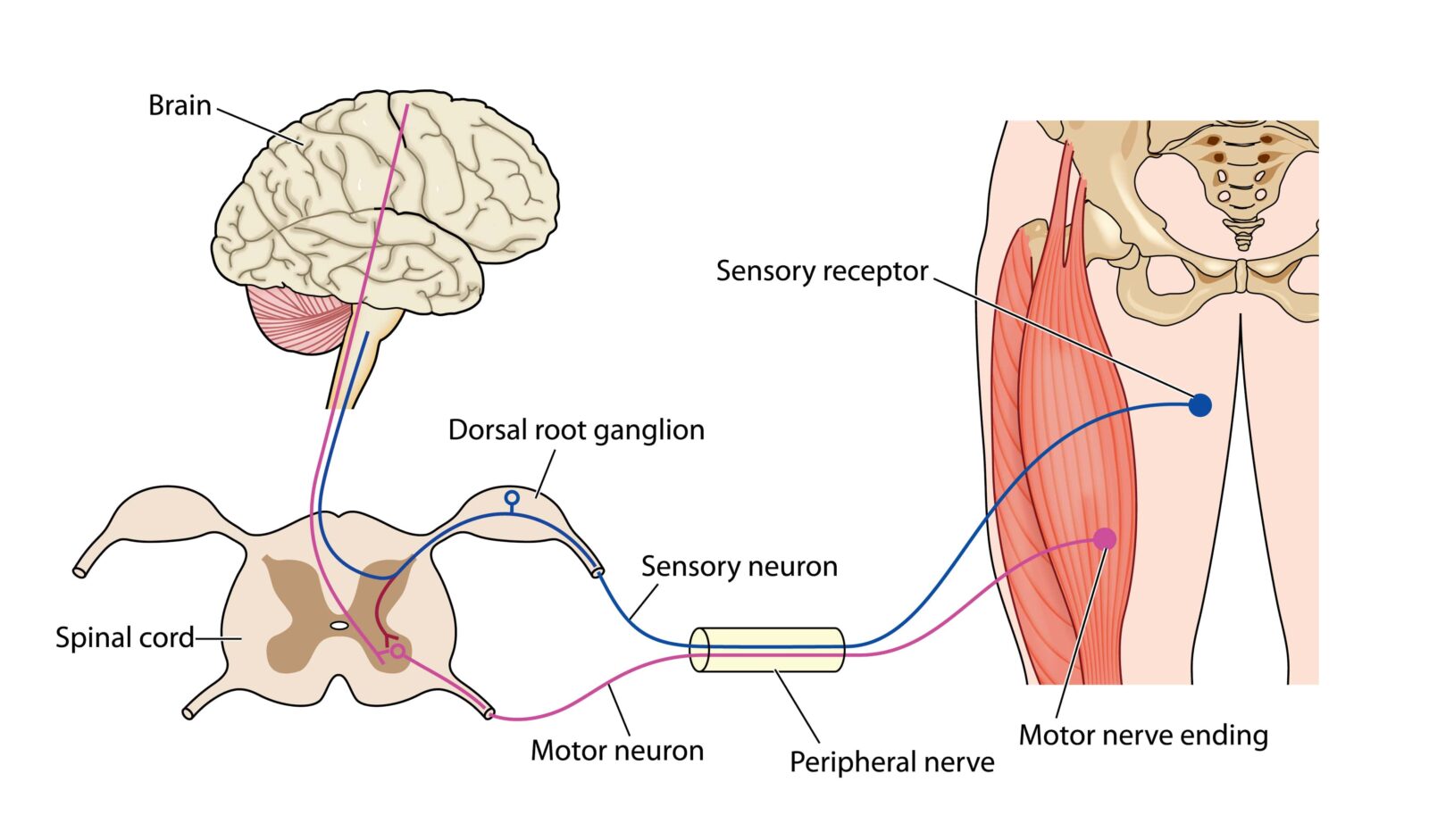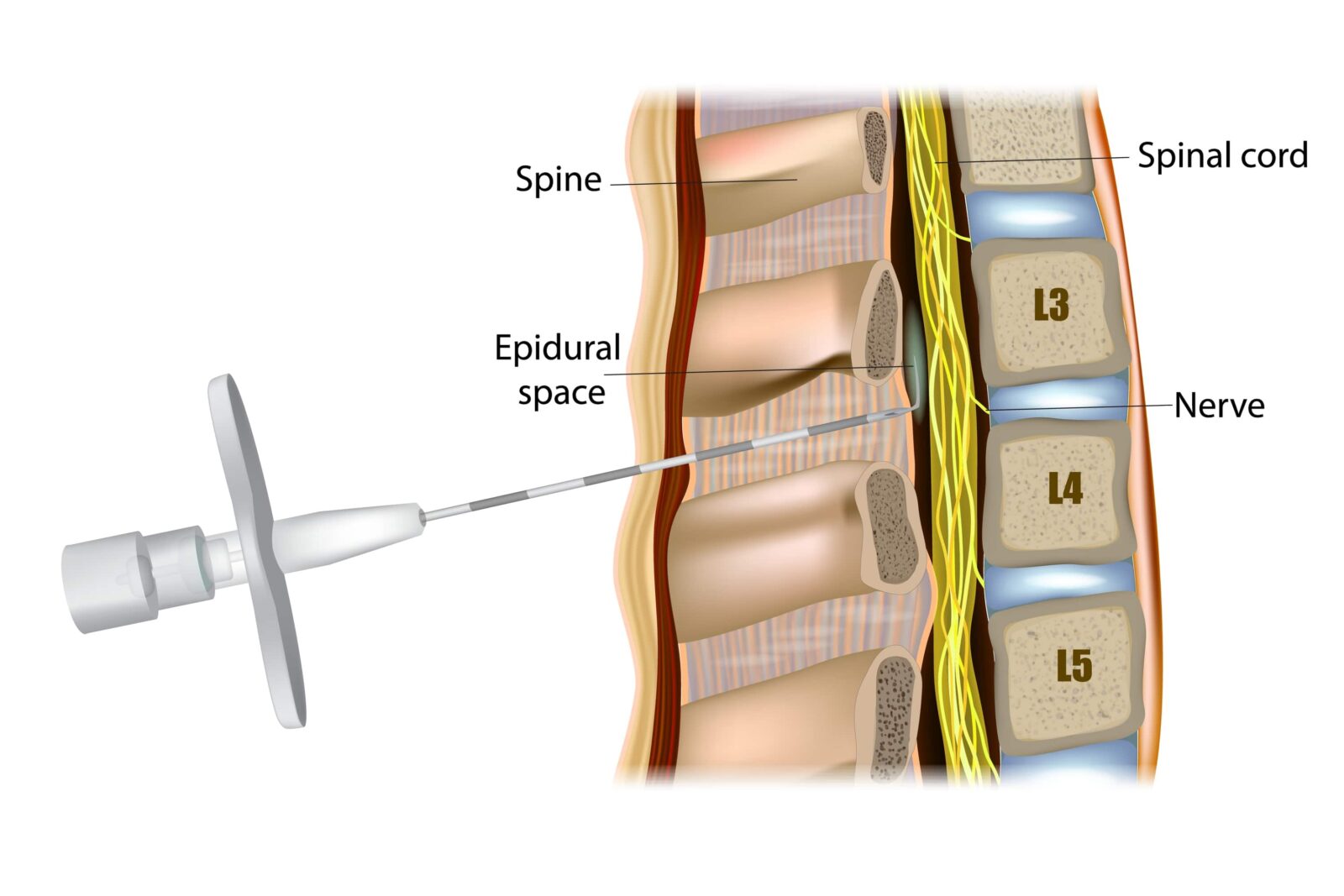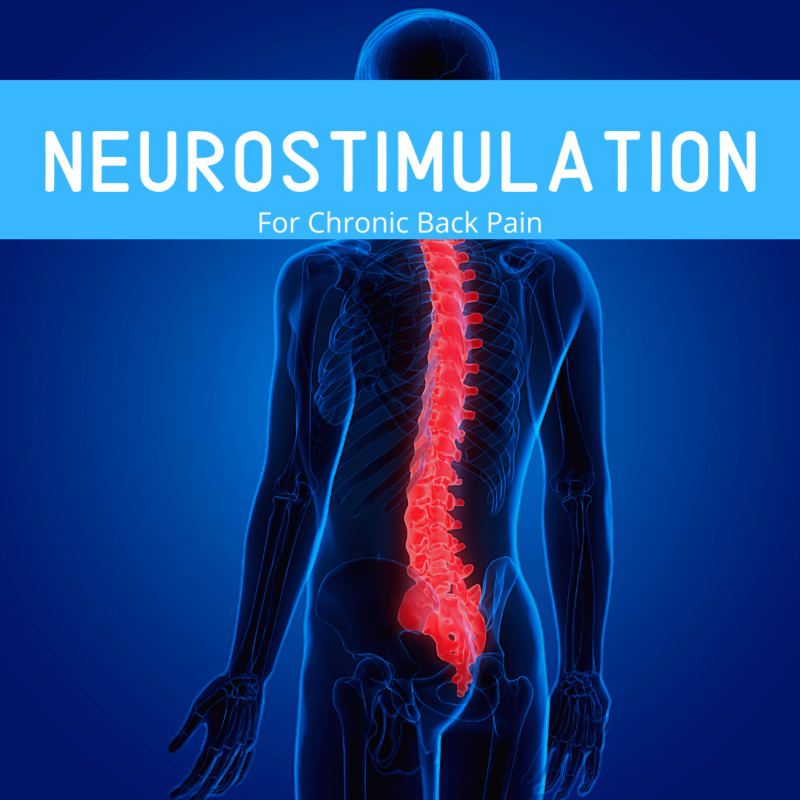Do you have chronic back pain that is getting in the way of your everyday life? Do you feel like you’ve tried just about everything with little to no results? Even spinal surgery? If this sounds like you, then you may be an ideal candidate for neuromodulation treatment. Neuromodulation works by delivering electrical or pharmaceutical agents directly to a target area in order to alter nerve activity. It can be used to treat a variety of conditions, but is commonly used to treat chronic pain conditions.
How Does Neuromodulation Work?
Neuromodulation works by targeting specific nerves for stimulation or by delivering pharmaceutical agents to a specific area.

Neurostimulation
Neurostimulation is a type of neuromodulation that utilizes a pulse generator connected to electrodes applied to the brain, spinal cord, or peripheral nerves. The pulse generator generates a low-voltage electrical current that is then passed through the electrodes into the affected nerve or group of nerves. These electrical signals are either used to inhibit pain signals or to stimulate neural impulses in inactive nerves.
Pharmaceutical Agents
Another form of neuromodulation deals with delivering pharmacological agents directly into a targeted area using an implanted pump. Direct delivery to a targeted area allows for smaller doses to be given, since the drug doesn’t have to be metabolized by the body before reaching the target area. This minimizes side effects, while maximizing the drug’s effectiveness.
Neurostimulation Options for Chronic Back Pain
Spinal Cord Stimulation
Spinal cord stimulation works by inhibiting the pain signals between the spinal cord and brain. It is generally recommended for individuals who have been diagnosed with failed back surgery syndrome (FBSS) who have failed to obtain desirable results with other treatments. With spinal cord stimulation, a pulse generator is placed just under the skin of the abdomen or upper buttock. A small device that delivers electric currents is then injected into the back of the spinal cord. On average, it takes about 1-2 hours to completely place the devices. After the procedure, patients will be able to reduce their pain levels by using a remote to generate different electrical signals to reduce pain.
DRG Stimulation
DRG stands for “dorsal root ganglion”, which is a bundle of nerves found in the epidural space. Like spinal cord stimulation, DRG stimulation works by implanting a pulse generator and electrodes to interrupt pain signals. However, DRG stimulation is designed to treat areas that spinal cord stimulation cannot. DRG stimulation works well to treat chronic pain in the lower parts of the body such as in the foot, knee, hip, or groin. DRG stimulation is also more precise than spinal cord stimulation, which means that unwanted areas of stimulation are avoided.
Placing Neuromodulation Devices

Before placing a neuromodulation device, a trial run is conducted. During this trial run, temporary electrodes and an external stimulator are used for either spinal cord or DRG stimulation. While these devices may not completely eliminate your pain, the trial is considered successful if you experience at least a 50% reduction in pain. If the trial is a success, then permanent implantation is recommended.
To permanently implant a neuromodulation device, a small incision will be made, usually in the abdomen or upper buttock. The pulse generator will be placed through this incision, just under the skin. For spinal cord stimulation, a small device that delivers electrical currents will then be injected into the back of the spinal cord. For DRG stimulation, another incision will be made to insert the wire electrodes into the epidural space. After the device is implanted, the electrical pulse settings will be calibrated using an external remote. Both devices can be implanted with a mild anesthetic and are outpatient procedures.










